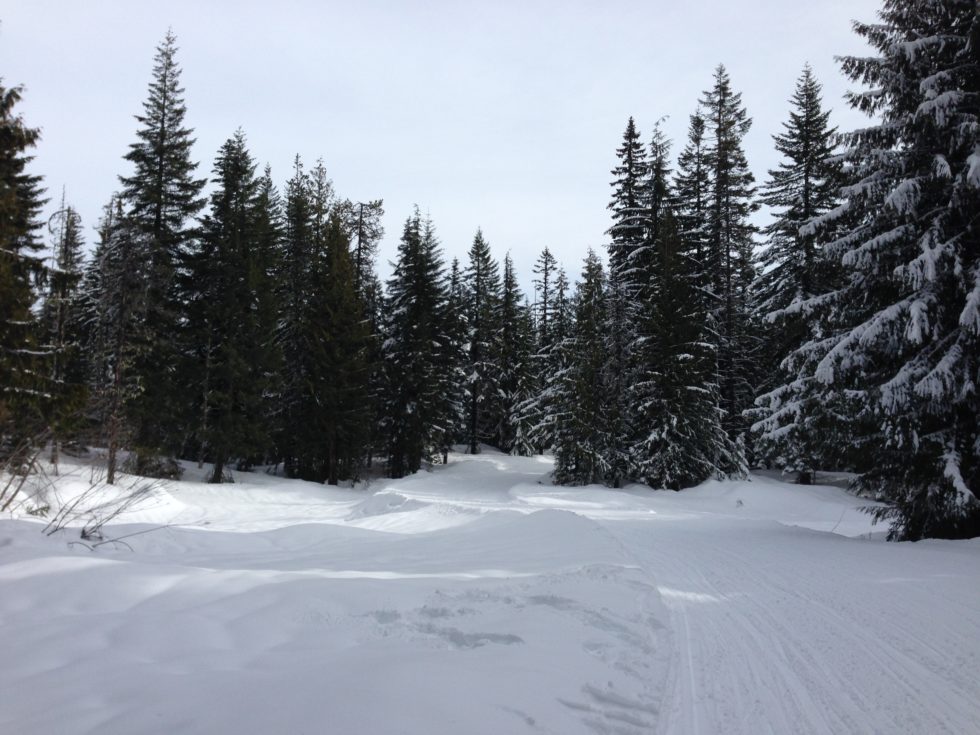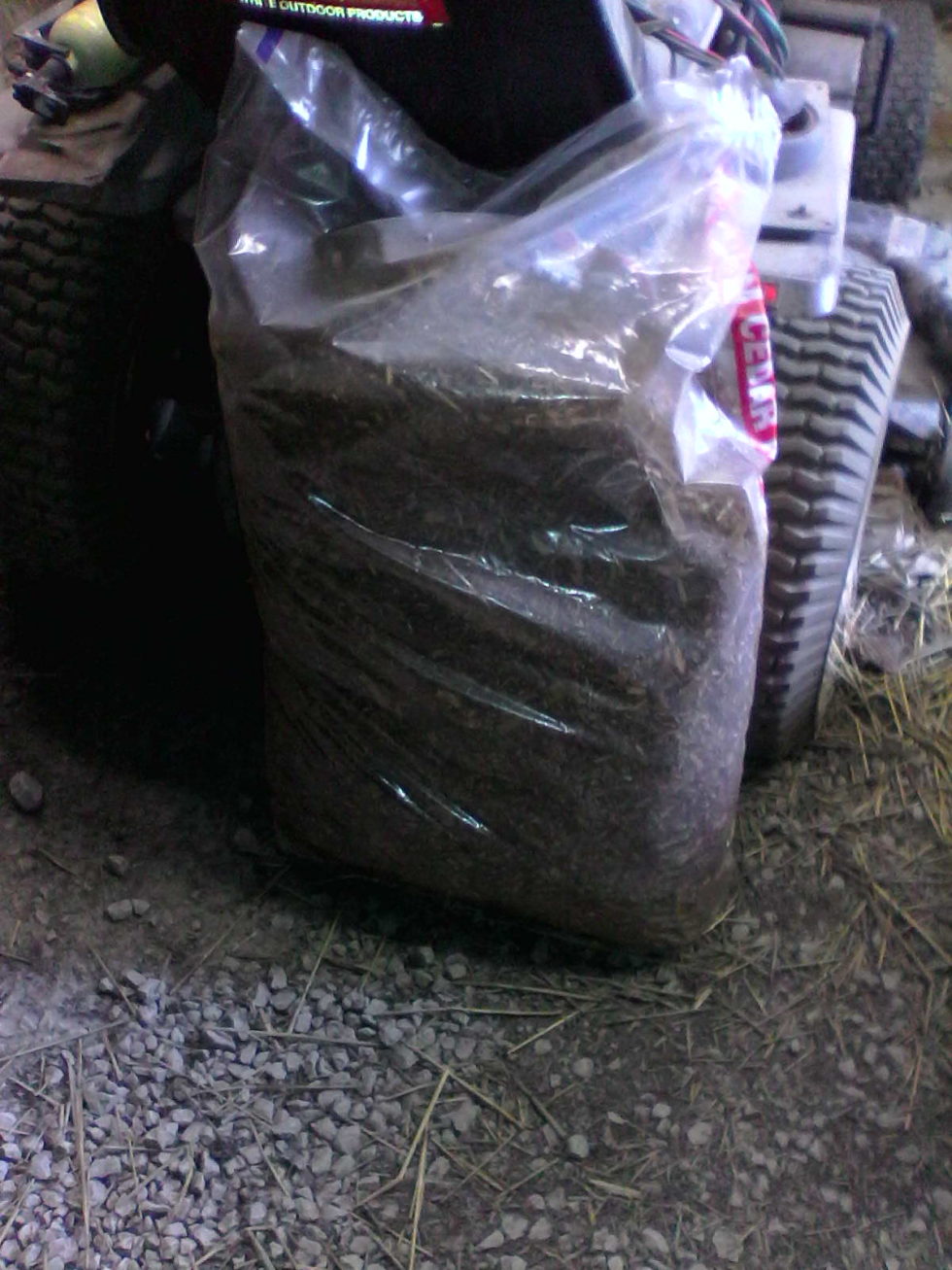Humans have this incredible desire to name things. The desire is so strong we are rarely, if ever, satisfied giving something just one name. If we really happen to like a name we will give it to many things.

Consider the word “blivet.” We liked the word so much we gave it many spellings: blivet, blivit, blivot and probably others I couldn’t find. During my youth on a farm raising sheep I only ever heard one definition for blivet. It was those round balls of poop which stuck to the long spring wool of the sheep. Lambs in particular seemed to have this problem. They would be born in late fall or during the winter and go through massive growth while cooped up inside the barn. It seemed to happen no matter how much straw you put down. There wool just got really long and it would get in the way. Of course some time in early summer the sheering people would come by and sheer the ship clean then dip them in the dunk tank for some kind of treatment I forget the name of.

While none of our sheep ever got this bad before they were sheered, I’m glad to have found the image. It will give you some idea about just how little space was left for certain things to pass through on their way to the ground. This is what caused the problem. Well, that and the fact you need to wait for nighttime temperatures to rise above a certain level before you sheer sheep. Even closed up in a barn with fresh straw the temperature shock will be too much for many of them.
What does this story have to do with the title? Nothing and everything. You see, when I look up the definition of blivet on-line, I don’t find this one. I found a lot of odd ones and the one from World War II might explain, to some extent, why it got the definition it did in the sheep world.

Recently I was given a new definition for crop dusting. Yes, I know. Most people who have seen enough movies get a mental image much like the picture to the left. Here’s a dirty little secret, that is crop spraying, not crop dusting. Dusting required a dry powder like substance, this clearly shows liquid coming out of a boom hung under the wing.
The new definition I recently encountered requires you to be outside with others and there to be at least a gentle breeze but not a strong wind. You deliberately move upwind of others, checking the angle of the wind to achieve maximum effect, then let fly as quietly as possible. You do this from a good 10-20 feet away (depending on what you ate) which not only increases the chances it won’t be heard but allows you to quickly step out of sight if you so choose. Just be sure to remain within earshot to see who complains first.



